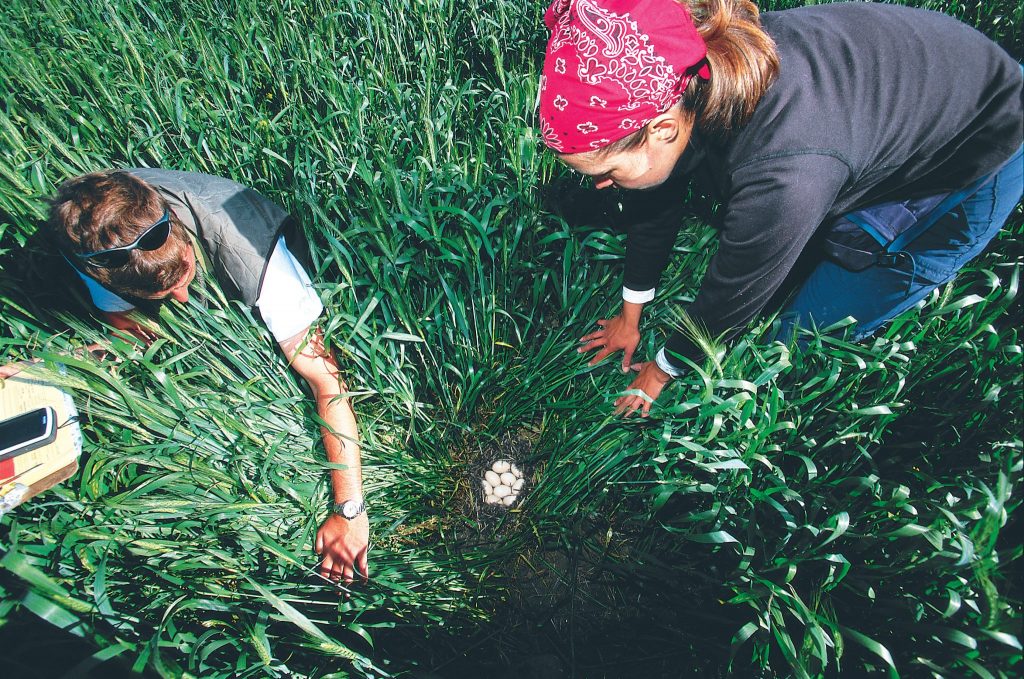A study of waterfowl nesting success and its relationships with habitat across the prairies.
About the Study:
The Spatial and Temporal Variation in Nesting Success of Prairie Ducks Study, affectionately known as SpATs, examined how waterfowl nesting success varies relative to landscape composition throughout Prairie Canada. We collected information on nearly 7,000 nests from 120 sites. Our primary focus was relating nest survival to vegetation, land use (e.g., grazing), and wetland characteristics. By understanding how habitat–nest survival relationships change through space and time, we can ensure that we deliver conservation programs effectively.

Timelines:
Field work: 2002–2011
Analysis and publication: ongoing
Outcome:
This study has refined our understanding of the relationship between duck nest survival and habitat composition, and has provided key feedback to enhance planning tool predictions. One such tool, the Waterfowl Productivity Model, guides Ducks Unlimited Canada’s conservation program delivery under the North American Waterfowl Management Plan.
Related documents:
Bloom et al. 2013, in the Journal of Wildlife Management
Garvey et al. 2013, in Condor 115: 58-66


